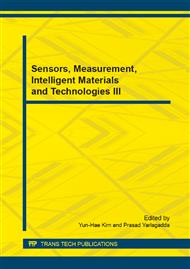p.455
p.460
p.465
p.469
p.475
p.479
p.483
p.489
p.493
The Forecast Method of the Free Bus Sharing Rate
Abstract:
This paper analyzed the theory of free bus, established the impedance function and improved the Logit model to predict the free bus sharing rate. Through instances, the model is verified to be scientific.however, It also have a certain deviation between the mode and the truth.That is because inhabitants all have their own concepts and preferences, and the “Curious Psychology” to the new means of transport also has a fearful attraction.
Info:
Periodical:
Pages:
475-478
Citation:
Online since:
March 2015
Authors:
Price:
Сopyright:
© 2015 Trans Tech Publications Ltd. All Rights Reserved
Share:
Citation:


